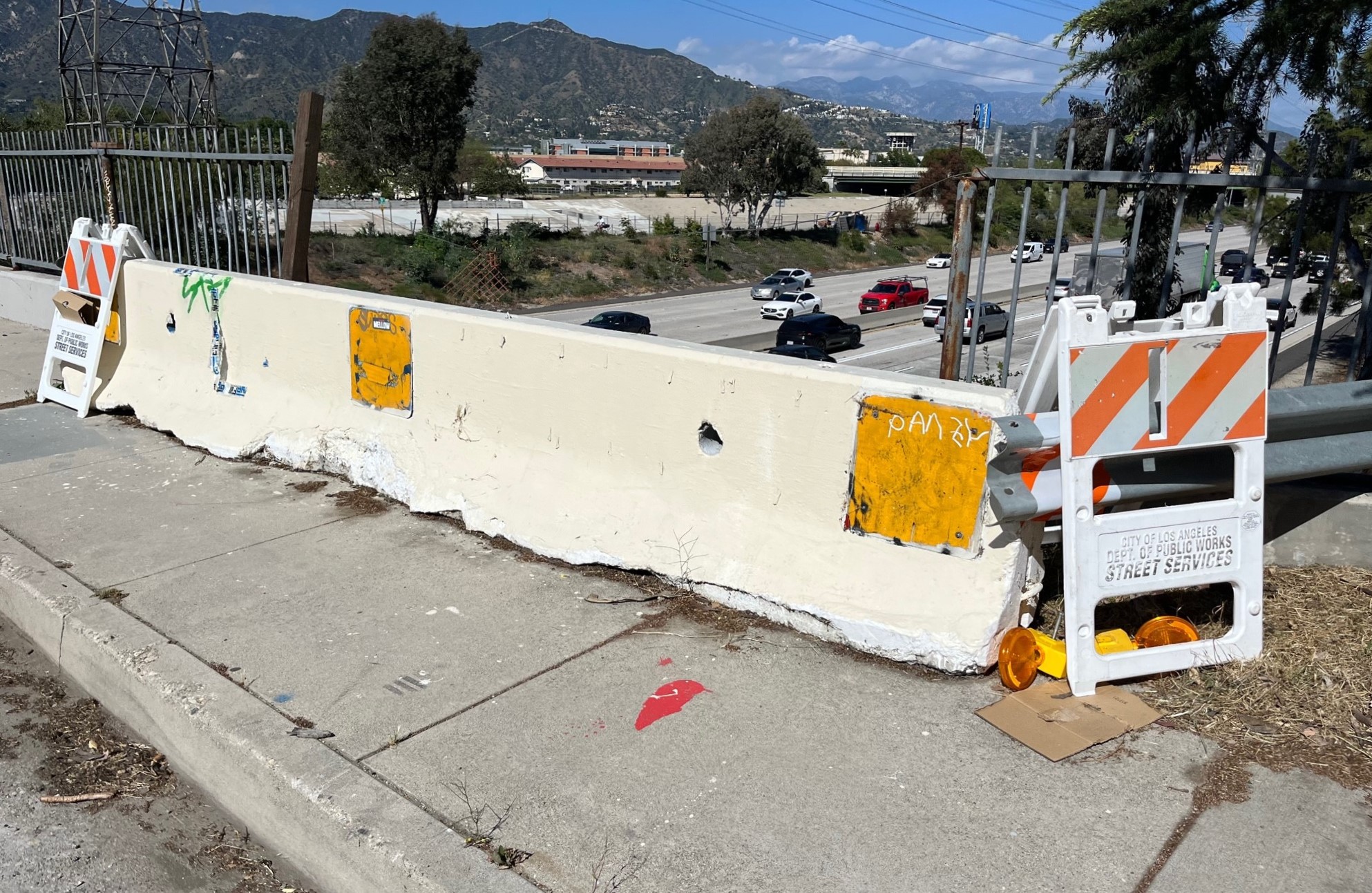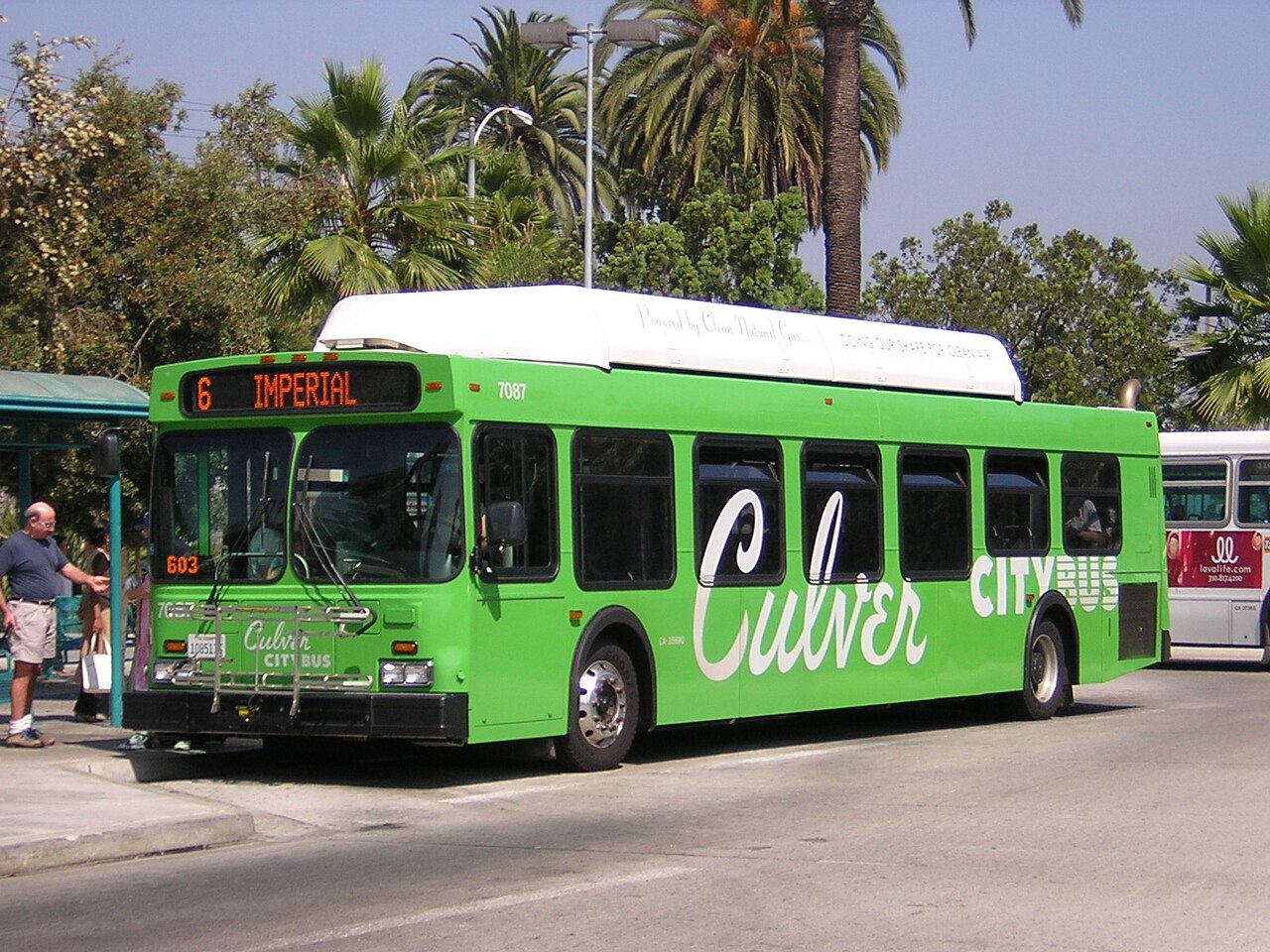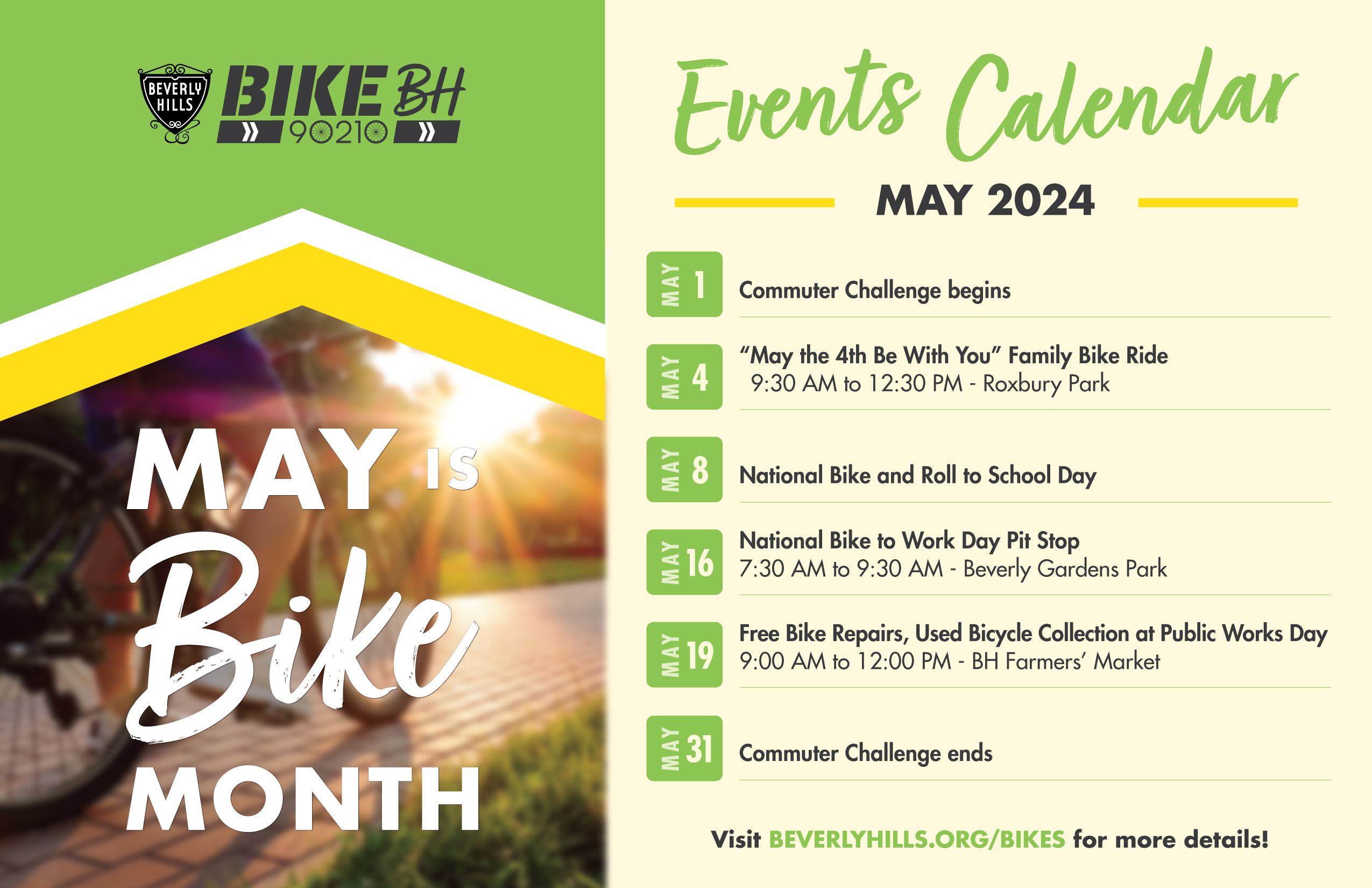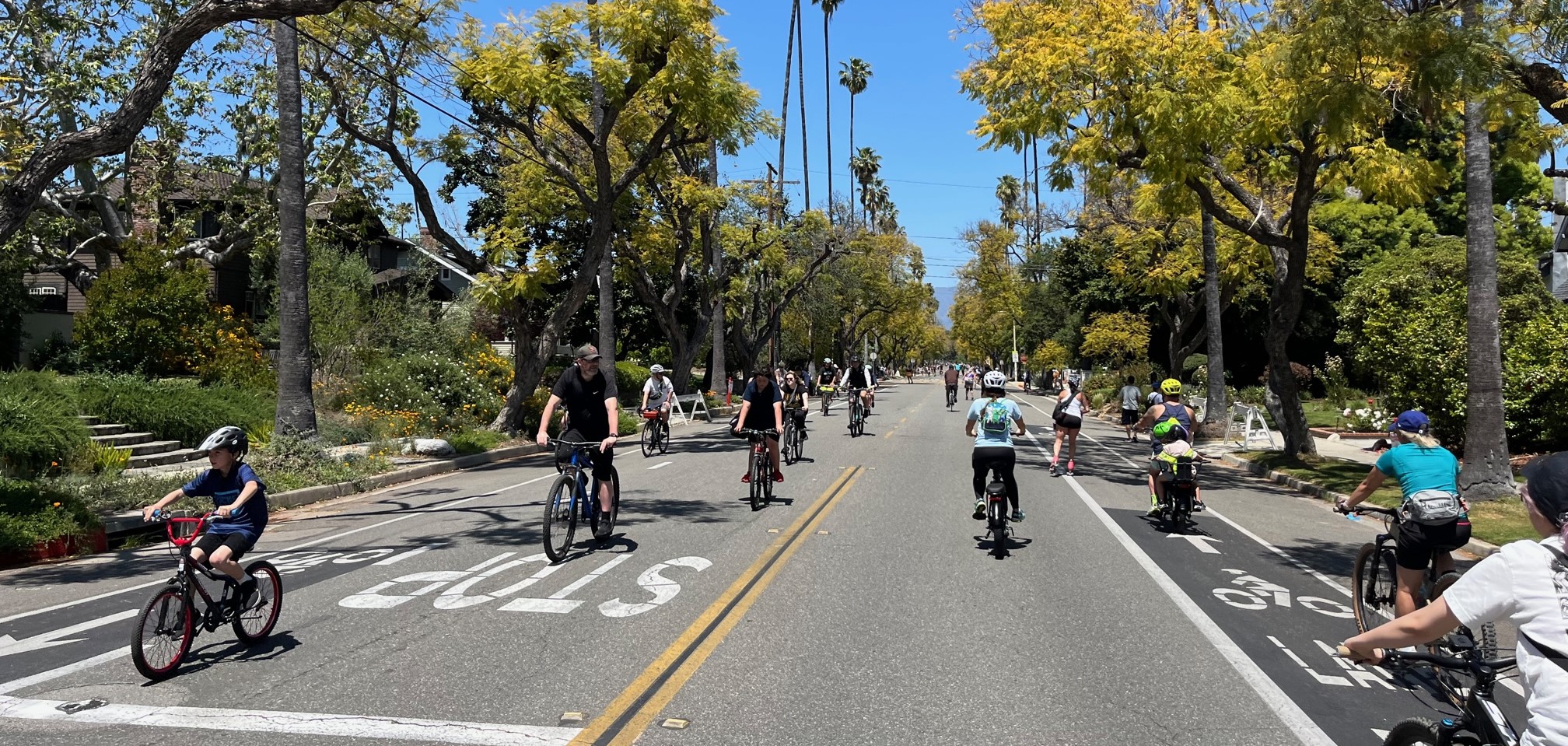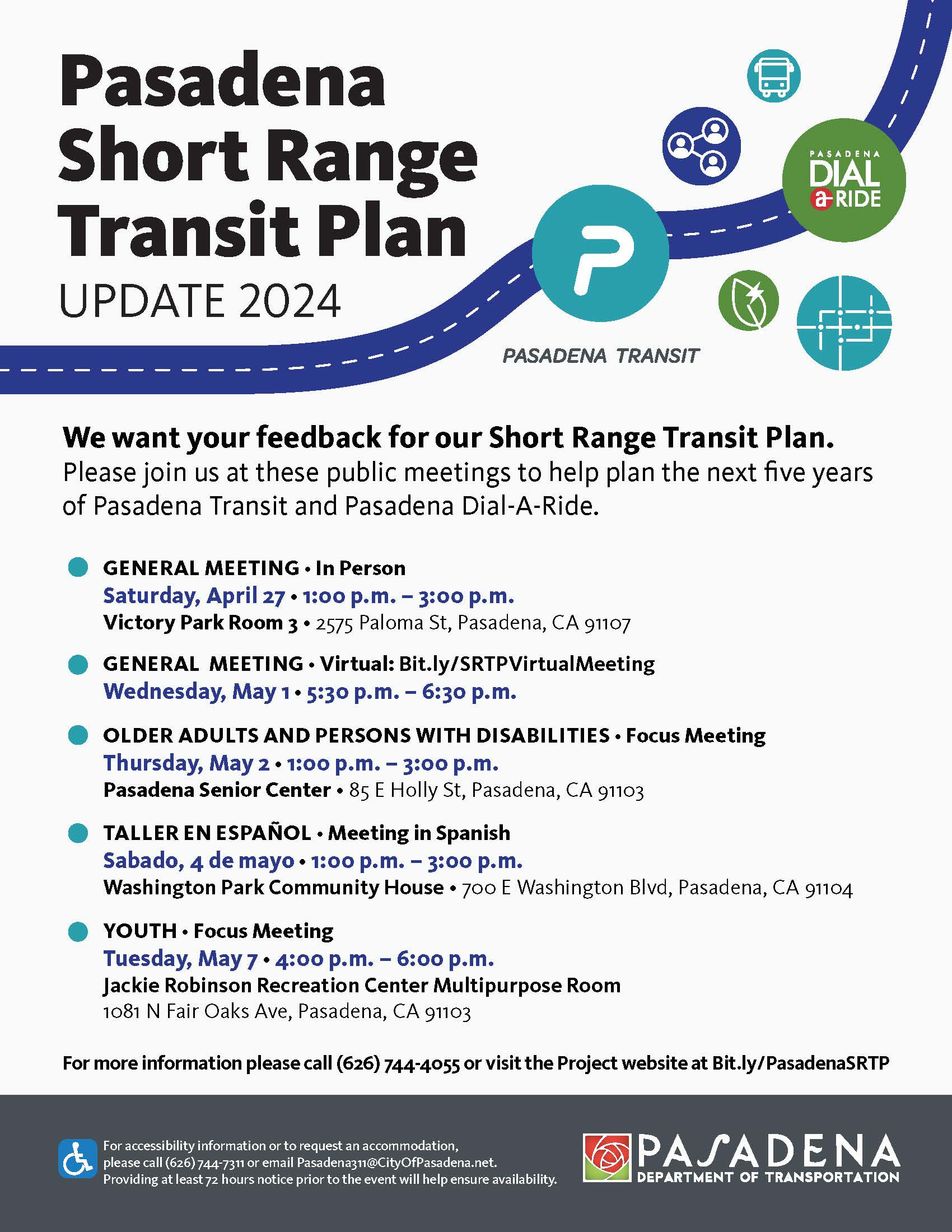Win ‘Better Buses Better Cities’ Book by Steven Higashide
3:32 PM PST on December 23, 2019
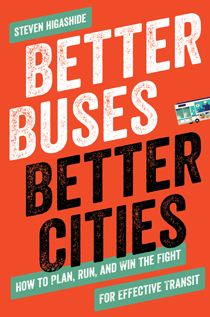
Better Buses, Better Cities by Steven Higashide
Donate to Streetsblog L.A. this month and you could win one of four great urbanist books! Click to donate. Click for contest details. Today SBLA previews Better Buses, Better Cities: How to Plan Run and Win the Fight for Effective Transit by Steven Higashide. The 170-page paperback is published by Island Press.
Steven Higashide is the Director of Research for TransitCenter, a New York City based think-act tank working "to improve transit in order to make cities more just and environmentally sustainable." Higashide explores numerous aspects of funding, planning, and operations that make for great bus systems.
Better Buses explores the ridership vs coverage trade-off (spelled out by transit expert Jarrett Walker), spot bus-speed improvements, walkability, equity, fare collection, technology (what works, plus what is distraction and hype), growing movements, and much more. The book backs up concepts with on-the-ground success stores from numerous U.S. cities including Indianapolis, Dallas, Seattle, and (see below) Boston.
Below is an extended excerpt from Better Buses. Streetsblog L.A. readers may recognize that many of the negatives sound like nimby-plagued Metro BRT projects - while the positives resemble Flower Street bus lane success, and include some similarities to Metro's open streets grants.
The Fight for Fast Buses
Transit planners and transportation planners now have a toolbox that is bursting with technologies, techniques, and street designs that speed up the bus. But actually getting it done has turned out to be anything but speedy. [...]
One contributing factor is that transit agencies often plan modest bus projects as if they were megaprojects, with multiple phases of design and outreach.
These processes can stack the politics against public agencies. They can fail to excite project beneficiaries (few bus riders are excited to hear that the bus might be faster 5 years from now). They often involve several sets of public meetings... a huge time commitment to ask of the average resident, which means that most people tend to drop in and out, whereas the hardest-core opponents stay involved and continue to complain and raise fears throughout the process.
But cities aren't doomed to slog through. Between 2016 and 2018, municipalities throughout greater Boston piloted several bus lane projects, using an ultra-light, fast "pop-up" model.
These pilots tend to follow a similar pattern. Over the course of a few weeks, the city banned parking on a short stretch of road for a few hours of peak commute, used plastic cones or red paint to make the lane for buses only, and gathered data to see how the trial went.
Everett [Massachusetts], a largely working-class municipality of 46,000 residents, was the first to try it, in December 2016. Starting in 2017, the Barr Foundation, a private foundation, helped staff in Cambridge, Watertown, and Arlington follow suit and helped Everett further enhance its bus lane. Somerville launched a pilot lane in 2017, and Boston ran a month-long test in spring 2018, testing out a bus lane in its Roslindale neighborhood to speed up a route that connected to the Orange Line subway.
Universally, the pilots proved popular. The lanes in Boston, Arlington, Somerville, and Everett have all been made permanent. [...]
Why did these work? [Higashide first acknowledges local leaders' and the Barr Foundation's efforts, including reports, events, design competitions, etc.]
...reformers working to bring bus priority to the region perceived little enthusiasm from the city of Boston. An application-based competitive process, then, allowed them to suss out which municipalities might be interested in trying something. "We said, 'should we be looking at the coalition of the willing'?" said [Barr Foundation's] Skelton Roberts.
Second, Barr gave the winning municipalities enough planning, public outreach, and communications and design assistance to message the project effectively. This support gave them more ability to reach out to constituents before the pilots launched, document the success of the pilots as they happened, and launch the pilots with eye-catching designs that helped change the public narrative around buses.
It doesn't take a private foundation to provide this type of support; state and regional agencies can give small cities the help they need. [Higashide goes on to elaborate on success stories in Virginia and Washington DC.]
The tactical approach used in Greater Boston (and, increasingly, elsewhere) can help create a friendlier politics as well. Tactical projects can begin after short outreach and data collection periods. Municipal staff in Cambridge, Watertown, and Arlington took just a few months to meet with stakeholders. In Everett, the process was even more abbreviated.
"The project was the process," said Jay Monty, Everett's city planner. "We know that 10,000 people a day ride the bus down Broadway [where Everett put its pilot bus lane], and that it's half the mode share during certain times of day," he said. "We don't need much more than that to say that justifies taking parking and prioritizing transit."
The "pop-ups" also immediately demonstrated benefits for thousands of people and built enthusiasm that planners used to make the case for a permanent project. Using data from the Waze traffic app, Arlington planners found that their pop-up bus lane did slow down car traffic for 1 week; congestion returned to normal after drivers got used to the lane. Bus travel times in the corridor got 40 percent less variable, saving riders 5 minutes on an average trip and 10 minutes on a bad trip. Ninety-five percent of riders surveyed at bus stops said the lane should be made permanent. Surveyors heard reactions like, "All the stress I normally feel about getting on a bus that is immediately clogged in congestion went away."
If you would like a chance to win your very own copy of Better Buses, Better Cities, give $25 or more to Streetsblog this month.
Stay in touch
Sign up for our free newsletter
More from Streetsblog Los Angeles
Freeway Drivers Keep Slamming into Bridge Railing in Griffith Park
Drivers keep smashing the Riverside Drive Bridge railing - plus a few other Griffith Park bike/walk updates
This Week In Livable Streets
Bike Month, Hyperion street safety, Eastside rail plans, Pasadena transit, CicloIRVINE, Culver City bus service, and more
Active Streets Mission-to-Mission – Open Thread
Tens of thousands of participants biked, walked, skated and scootered on car-free streets through San Gabriel, South Pasadena and Alhambra
